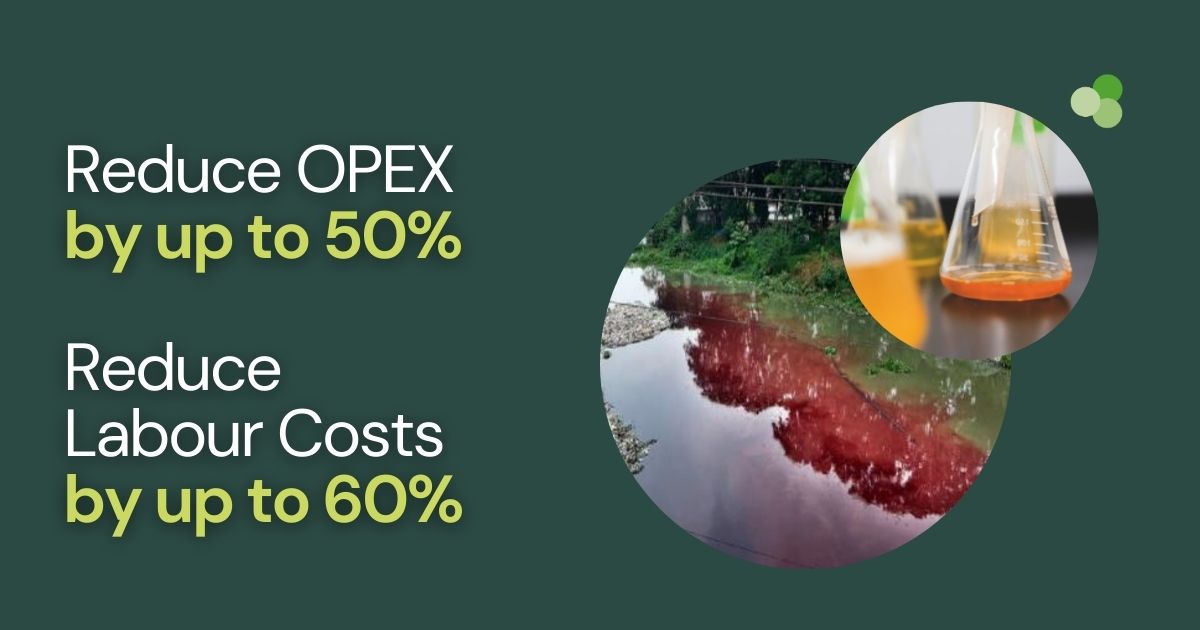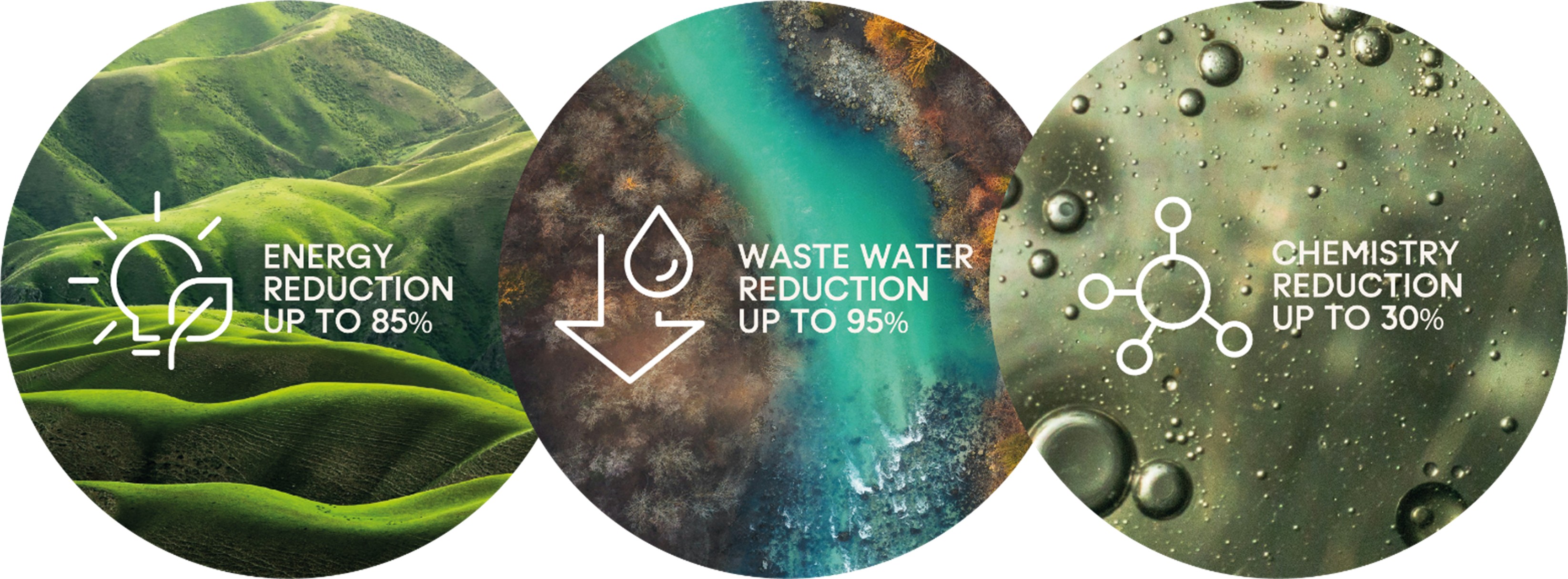 The ongoing trade tensions, most notably between the US and China, are reshaping the global textile landscape. As the US implements a wave of tariffs, not only impacting China, but also key textile trade markets like Mexico, Canada, Vietnam, and countries across Asia. For brands, textile manufacturers, and suppliers across the industry, these shifts bring increased costs, uncertain logistics, and an urgent need to rethink production strategies. Here we will explore how the trade war impacts the textile industry.
The ongoing trade tensions, most notably between the US and China, are reshaping the global textile landscape. As the US implements a wave of tariffs, not only impacting China, but also key textile trade markets like Mexico, Canada, Vietnam, and countries across Asia. For brands, textile manufacturers, and suppliers across the industry, these shifts bring increased costs, uncertain logistics, and an urgent need to rethink production strategies. Here we will explore how the trade war impacts the textile industry.
Understanding The Tariffs and Who’s Affected
Tariffs are taxes applied to imports or exports of goods. While initially introduced under the Trump administration, the resumption of US tariffs of April 2025 marks a new phase of economic tension and potentially create a trade war. These tariffs could remain in place for at least 90 days, and impact textiles from China, Mexico, Canada, Vietnam, and other Asian countries - markets that together dominate US textile imports.
China
No country has felt the tariff sting more than China. As the largest supplier of textiles to the US, China received a 125% aggressive tariff on Chinese textile and apparel by the US government. It is a deliberate strike aimed at reshaping trade dominance and it’s hitting the global textile supply chain where it hurts most.
China, long the undisputed heavyweight of textile manufacturing, contributes over $18.39 billion in exports to the US, making up 22% of imports for the USA. China’s variety in textile exports is vast, including cotton knitted products (i.e., hosiery, apparel, underwear), synthetic fibre dresses, gloves and mittens, nightwear, overcoats, sportswear, and yarns. With the new tariffs set to cripple the textile industry’s flow to the US, reacting to the trade war, China imposed counter-tariffs of up to 125% on US goods and 10-15% on US energy products and industrial equipment. This includes textile machinery like weaving, knitting, and dyeing machines.
Mexico
Mexico exports $9 billion annually in textiles and apparel to the US, accounting for around 85% of Mexico’s total textile-related exports to the USA. The main products are apparel (knitted and non-knitted), home textiles, and footwear. The proposed tariff for Mexico is 25% which will threaten Mexico’s position as a close-proximity, low-cost supplier for the US.
Canada
Canada exports $1.8 billion in textiles and apparel to the US and Mexico put together. In return, the US is responsible for approximately 64% of Canada’s total textile exports globally. The main exports from Canada to the US are clothing (non-knitted and knitted apparel), technical textiles, along with man-made fibres and footwear. The proposed tariff for Canada is 25% which jeopardises the stability of the US textile industry.
Vietnam
Vietnam’s textile and garment exports rose by 6.7%, reaching $10.416 billion in April 2024. This now sees Vietnam as the second largest exporter to the USA, contributing $15.33 billion or 18% of total US textile imports. Vietnam mostly trade in yarns, garments, and other textiles. However, despite Vietnam’s developing economy, the US is proposing a steep 46% tariff on Vietnamese imports, directly affecting Vietnam’s export-dependent textile sector.
The Broader Impact On The Global Textile Industry
While these tariffs may benefit the USA’s national interests, the external implications for America’s standing on the global textile stage may be affected.
The tariffs' impact of a possible trade war goes far beyond import figures, despite benefitting the US’ national interests. These tariffs are disrupting the foundations of global textile sourcing and manufacturing, and could cause:
- Higher import costs - reducing profit margins for textile manufacturers and increasing prices for consumers.
- Price competitiveness - higher import costs will have a domino effect of increasing associated costs within the supply chain, which leads consumers to start looking for alternative suppliers.
- Economic impacts - due to rising costs, manufacturers may be forced to reduce order volumes or cut jobs as production slows and margins tighten.
- Supply chain disruption - brands relying on just-in-time manufacturing may experience delays and increased operational expenditure (OPEX).
However, the supply chain opportunities include diversifying sourcing to lower-cost, tariff-free alternatives:
- Central and South America - Countries like Honduras, Brazil, and Colombia are key markets for technical textiles, synthetic fibres, and apparel manufacturing.
- Western Europe - Portugal and Spain are niche suppliers of high-end and technical textiles.
- Türkiye - Ideal for sourcing synthetic fibres and high-quality apparel.
- Bangladesh - A lower-cost apparel hub, particularly for cotton-based garments.
- India - A vital market for the likes of cotton textiles, man-made fibres, and technical textiles.
Final Thoughts On The Trade War Impacting The Textile Industry
The textile industry stands at a crossroads. The escalating U.S.–China trade war and sweeping tariff policies are not only disrupting global supply chains, but also compelling brands and textile manufacturers to rethink how and where they operate. Yet, within this turbulence lies opportunity. By embracing innovation and diversifying sourcing strategies, the sector can build greater resilience.
With Alchemie Technology, we empower brands and textile manufacturers to navigate these challenges through production cost savings and operational efficiency. Our clean technologies help you offset the trade war tariffs and their impacts on the textile industry. Enabling you to reduce dependency on volatile supply chains while embracing clean-tech innovations to future-proof your operations and ensure sustainable supply chain resilience.
Our digital lab-scale Discovery system and full-scale Endeavour™ production line drastically reduce water, energy, and chemical consumption, to lower your OPEX by up to 50% and reduce your labour costs by up to 60%. By implementing our technologies, textile manufacturers have greater supply chain flexibility and efficiency in shifting production between regions.
 Discover how our technology can help you win the war by optimising OPEX in textile dyeing and finishing.
Discover how our technology can help you win the war by optimising OPEX in textile dyeing and finishing.
Reach out to us at enquiries@alchemietechnology.com to explore tailored solutions for your business.
